How Do I Effectively Build Tension and Suspense?
The moment before something happens is often more gripping than the event itself. Think of a storm rolling in—dark clouds thickening, the air turning electric, the silence just before the first drop of rain. That’s tension. A great story doesn’t just deliver shocking moments; it makes the reader feel them coming.
Writers, whether crafting fiction or nonfiction, must master this art. It’s not about explosions or dramatic revelations alone but about stretching the space between a question and its answer. Suspense isn’t exclusive to thrillers—it’s what keeps readers flipping pages in a memoir, a business book, even a historical narrative. The key is to make readers need to know what happens next.
The Power of the Unanswered Question
Imagine beginning a book with:
“He had ten minutes left to live, but he didn’t know it yet.”
Instantly, there’s a question: What will happen in those ten minutes? The reader doesn’t just want to know; they must know. The best suspense is driven by questions—questions raised early, teased out through carefully paced reveals, and answered only when the reader is on the edge of impatience.
Take Gone Girl by Gillian Flynn. It doesn’t open with an outright crime scene but with a husband reflecting on his missing wife’s head shape. It’s an unsettling detail, a tiny thread that the reader instinctively tugs on, unraveling a much deeper mystery. The lesson? The best hooks aren’t necessarily dramatic but subtly off—something that makes the reader’s mind itch.
Pacing: The Art of Holding Back
New writers often make the mistake of dropping every crucial detail too soon, but suspense thrives on restraint. Think of Alfred Hitchcock’s famous observation: If a bomb suddenly explodes under a table, that’s surprise. But if the audience knows the bomb is there, ticking away while the characters chat, that’s suspense.
Pacing is the writer’s secret weapon. It’s knowing when to slow down and when to accelerate. In Rebecca by Daphne du Maurier, tension builds through an almost agonizing slowness—the new Mrs. de Winter walking through the grand Manderley estate, feeling the presence of the dead Rebecca everywhere. It takes chapters before the whole truth is revealed, but by then, the reader has absorbed every whisper, every shadow.
One technique is the interrupted reveal—giving the reader a crucial piece of information, then shifting to another scene before explaining its full implications. This creates a psychological cliffhanger. Every delay makes the reader hungrier.
Foreshadowing: The Echo Before the Boom
A master of suspense plants seeds early—small, seemingly insignificant details that later explode into importance. This isn’t just for fiction. In nonfiction, the same technique applies: a memoir might introduce a minor event in childhood that later becomes a pivotal turning point in the writer’s life.
Consider In Cold Blood by Truman Capote. The book doesn’t start with the brutal murders at the heart of its story but with an eerie calm. Capote spends pages detailing the daily lives of the Clutter family, making the reader care about them before tearing it all away. Suspense often lies not in what’s happening, but in what we know is coming.
Emotional Buy-In: Making the Reader Care
No amount of tension matters if readers aren’t emotionally invested. Suspense isn’t just about plot mechanics—it’s about stakes. Why does it matter if the protagonist finds the missing piece of information? Why should we care if a decision is delayed? If tension exists in a vacuum, it falls flat.
A great example is To Kill a Mockingbird. The trial scenes don’t just carry legal tension; they carry moral tension. The reader isn’t just curious about the verdict—they dread it, knowing the deep injustices of the world where Scout and Atticus live.
Even in business writing or self-help books, personal stakes create suspense. Will the entrepreneur overcome a catastrophic failure? Will the struggling writer finally break through? A well-told story makes readers feel that the outcome matters.
The Subtle Art of the Cliffhanger
Cliffhangers aren’t just for the ends of chapters—they can exist at the end of sentences, even paragraphs. Breaking mid-thought, mid-reveal, mid-action forces the reader to keep moving.
A simple way to execute this is by cutting off resolution at key moments:
- Instead of: “She turned the key and opened the door to find—”
- Try: “She turned the key. The door creaked open. She froze.”
The latter forces the reader to fill in the gap, making them active participants in the suspense.
Final Thought: Keep the Tension Alive
Suspense isn’t just about shock value; it’s about an emotional thread that tightens as the story unfolds. The best writing leaves the reader in a near-constant state of anticipation. They might not even realize why they can’t put the book down—they know they have to keep going.
Tension isn’t optional whether writing fiction, memoir, business, or history. It’s the pulse of great storytelling, the force that keeps readers leaning in, waiting—breathless—for what comes next.
By joining Readers and Writers Book Club, you’re not just discovering great books—you’re helping authors create life-changing stories. Join today and be part of something meaningful.
We Don’t Want to Write the Laws; We Want to Publish the Books
Publication Consultants: The Synonym for Book Publishing—https://publicationconsultants.com



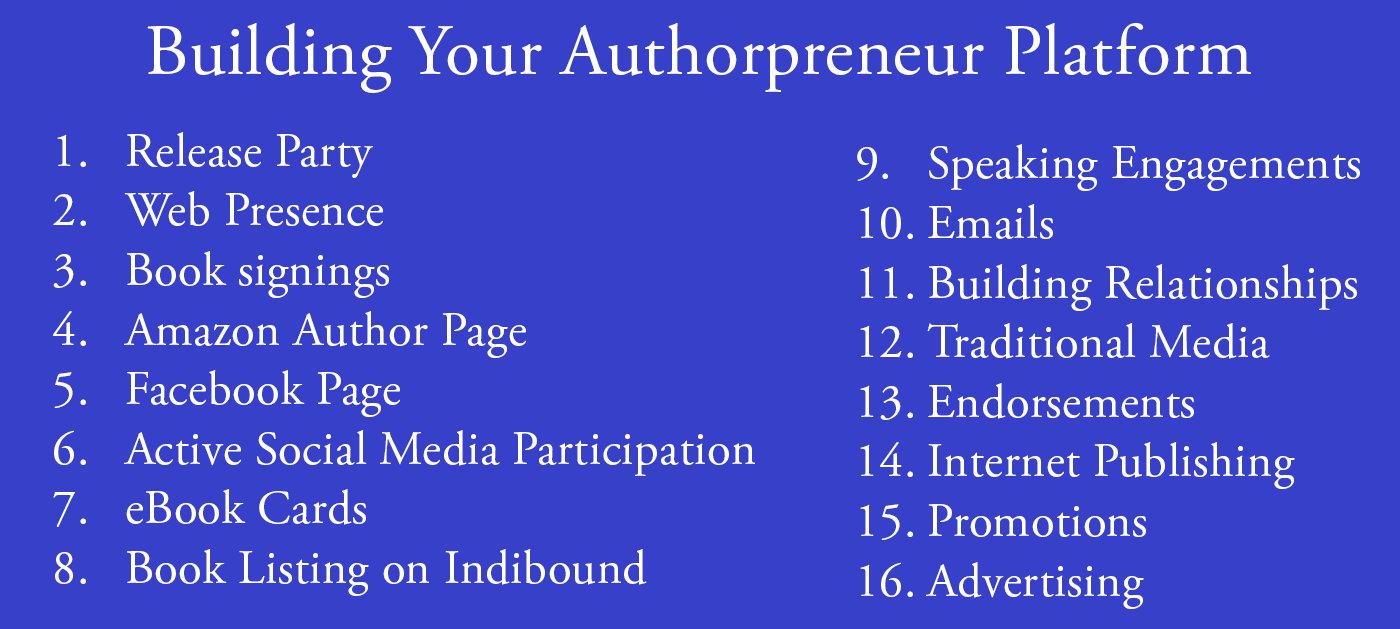
 This is Publication Consultants’ motivation for constantly striving to assist authors sell and market their books. Author Campaign Method (ACM) of sales and marketing is Publication Consultants’ plan to accomplish this so that our authors’ books have a reasonable opportunity for success. We know the difference between motion and direction. ACM is direction! ACM is the process for authorpreneurs who are serious about bringing their books to market. ACM is a boon for them.
This is Publication Consultants’ motivation for constantly striving to assist authors sell and market their books. Author Campaign Method (ACM) of sales and marketing is Publication Consultants’ plan to accomplish this so that our authors’ books have a reasonable opportunity for success. We know the difference between motion and direction. ACM is direction! ACM is the process for authorpreneurs who are serious about bringing their books to market. ACM is a boon for them. Release Party
Release Party Web Presence
Web Presence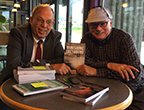 Book Signings
Book Signings Facebook Profile and Facebook Page
Facebook Profile and Facebook Page Active Social Media Participation
Active Social Media Participation Ebook Cards
Ebook Cards The Great Alaska Book Fair: October 8, 2016
The Great Alaska Book Fair: October 8, 2016


 Costco Book Signings
Costco Book Signings eBook Cards
eBook Cards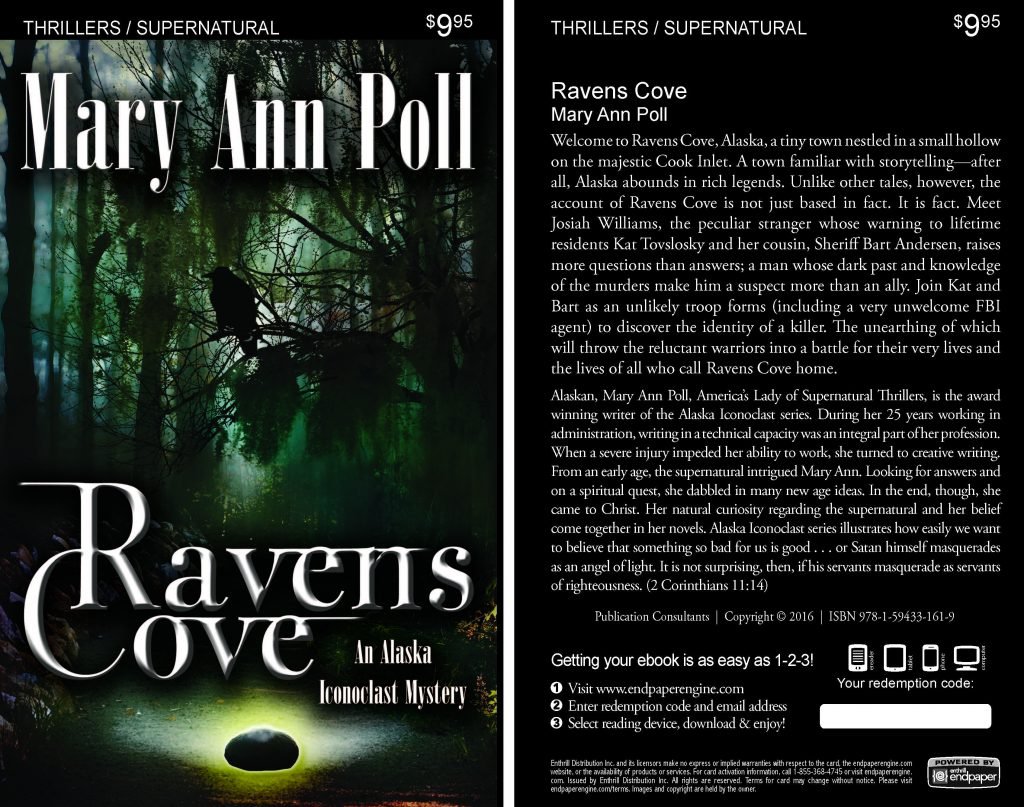

 Benjamin Franklin Award
Benjamin Franklin Award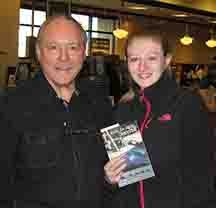 Jim Misko Book Signing at Barnes and Noble
Jim Misko Book Signing at Barnes and Noble
 Cortex is for serious authors and will probably not be of interest to hobbyists. We recorded our Cortex training and information meeting. If you’re a serious author, and did not attend the meeting, and would like to review the training information, kindly let us know. Authors are required to have a Facebook author page to use Cortex.
Cortex is for serious authors and will probably not be of interest to hobbyists. We recorded our Cortex training and information meeting. If you’re a serious author, and did not attend the meeting, and would like to review the training information, kindly let us know. Authors are required to have a Facebook author page to use Cortex. Correction:
Correction: This is Publication Consultants’ motivation for constantly striving to assist authors sell and market their books. ACM is Publication Consultants’ plan to accomplish this so that our authors’ books have a reasonable opportunity for success. We know the difference between motion and direction. ACM is direction! ACM is the process for authors who are serious about bringing their books to market. ACM is a boon for serious authors, but a burden for hobbyist. We don’t recommend ACM for hobbyists.
This is Publication Consultants’ motivation for constantly striving to assist authors sell and market their books. ACM is Publication Consultants’ plan to accomplish this so that our authors’ books have a reasonable opportunity for success. We know the difference between motion and direction. ACM is direction! ACM is the process for authors who are serious about bringing their books to market. ACM is a boon for serious authors, but a burden for hobbyist. We don’t recommend ACM for hobbyists.

 We’re the only publisher we know of that provides authors with book signing opportunities. Book signing are appropriate for hobbyist and essential for serious authors. To schedule a book signing kindly go to our website, <
We’re the only publisher we know of that provides authors with book signing opportunities. Book signing are appropriate for hobbyist and essential for serious authors. To schedule a book signing kindly go to our website, < We hear authors complain about all the personal stuff on Facebook. Most of these complaints are because the author doesn’t understand the difference difference between a Facebook profile and a Facebook page. Simply put, a profile is for personal things for friends and family; a page is for business. If your book is just a hobby, then it’s fine to have only a Facebook profile and make your posts for friends and family; however, if you’re serious about your writing, and it’s a business with you, or you want it to be business, then you need a Facebook page as an author. It’s simple to tell if it’s a page or a profile. A profile shows how many friends and a page shows how many likes. Here’s a link <> to a straight forward description on how to set up your author Facebook page.
We hear authors complain about all the personal stuff on Facebook. Most of these complaints are because the author doesn’t understand the difference difference between a Facebook profile and a Facebook page. Simply put, a profile is for personal things for friends and family; a page is for business. If your book is just a hobby, then it’s fine to have only a Facebook profile and make your posts for friends and family; however, if you’re serious about your writing, and it’s a business with you, or you want it to be business, then you need a Facebook page as an author. It’s simple to tell if it’s a page or a profile. A profile shows how many friends and a page shows how many likes. Here’s a link <> to a straight forward description on how to set up your author Facebook page.



 Mosquito Books has a new location in the Anchorage international airport and is available for signings with 21 days notice. Jim Misko had a signing there yesterday. His signing report included these words, “Had the best day ever at the airport . . ..”
Mosquito Books has a new location in the Anchorage international airport and is available for signings with 21 days notice. Jim Misko had a signing there yesterday. His signing report included these words, “Had the best day ever at the airport . . ..”


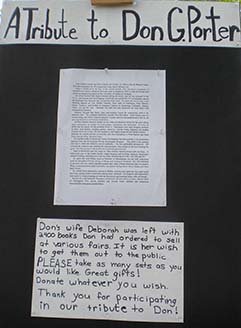
 The Lyin Kings: The Wannabe World Leaders
The Lyin Kings: The Wannabe World Leaders
 Time and Tide
Time and Tide


 ReadAlaska 2014
ReadAlaska 2014 Readerlink and Book Signings
Readerlink and Book Signings
 2014 Independent Publisher Book Awards Results
2014 Independent Publisher Book Awards Results

 Bonnye Matthews Radio Interview
Bonnye Matthews Radio Interview
 Rick Mystrom Radio Interview
Rick Mystrom Radio Interview When he published those overseas blogs as the book The Innocents Abroad, it would become a hit. But you couldn’t find it in bookstores.
When he published those overseas blogs as the book The Innocents Abroad, it would become a hit. But you couldn’t find it in bookstores.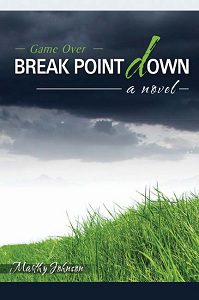 More NetGalley
More NetGalley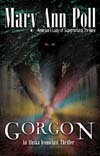 Mary Ann Poll
Mary Ann Poll
 Bumppo
Bumppo
 Computer Spell Checkers
Computer Spell Checkers Seven Things I Learned From a Foreign Email
Seven Things I Learned From a Foreign Email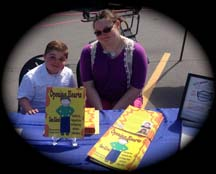 2014 Spirit of Youth Awards
2014 Spirit of Youth Awards Book Signings
Book Signings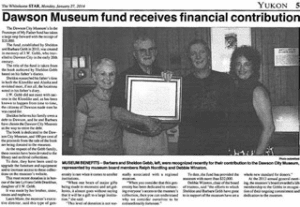


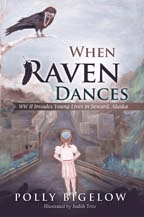 Blog Talk Radio
Blog Talk Radio Publication Consultants Blog
Publication Consultants Blog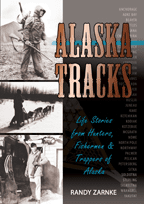 Book Signings
Book Signings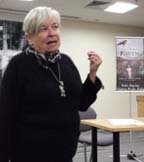

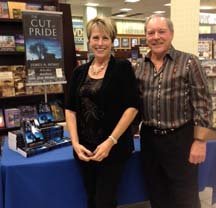

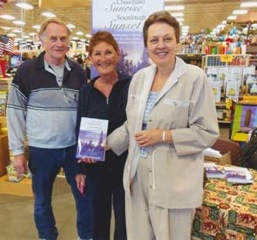 Don and Lanna Langdok
Don and Lanna Langdok Ron Walden
Ron Walden Book Signings Are Fun
Book Signings Are Fun Release Party Video
Release Party Video
 Erin’s book,
Erin’s book,  Heather’s book,
Heather’s book,  New Books
New Books